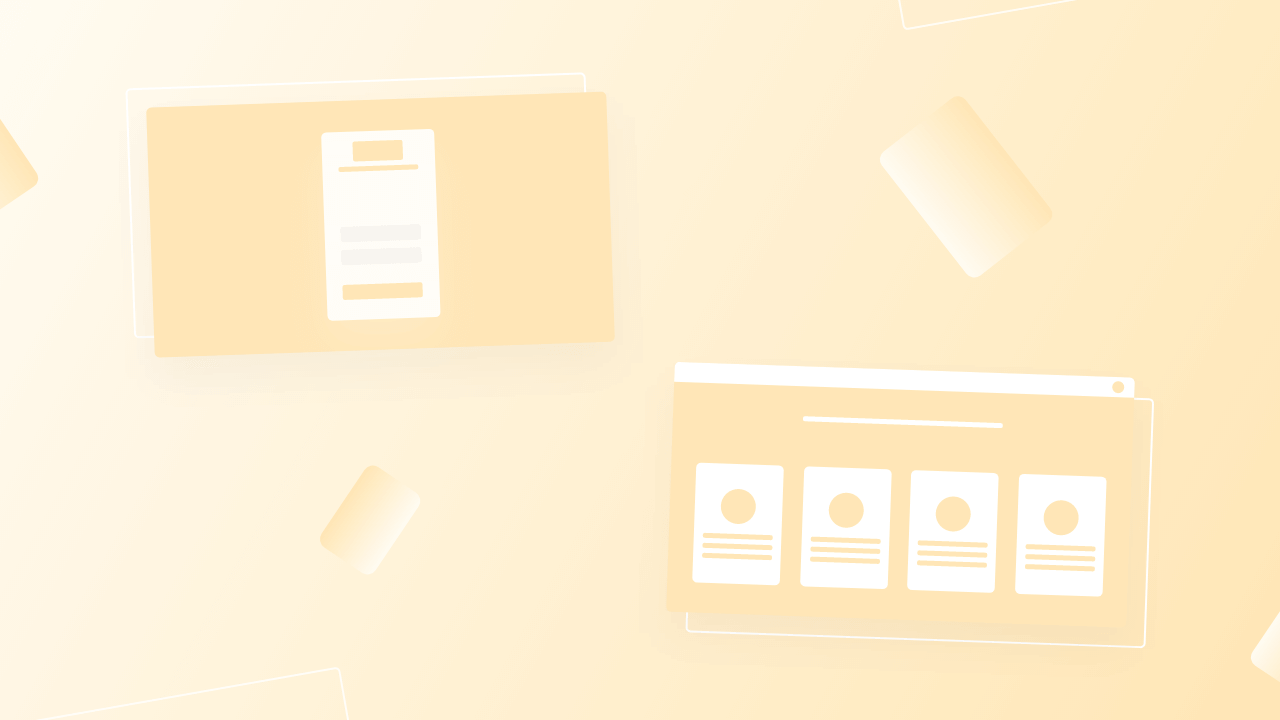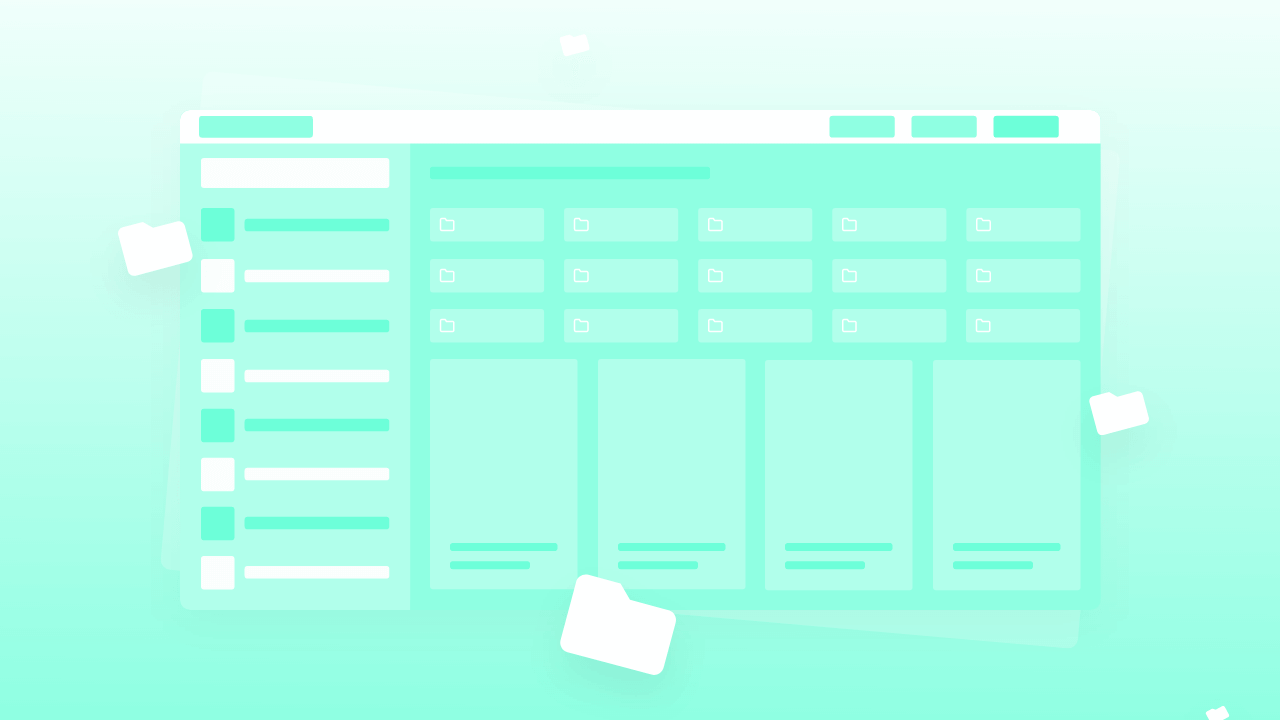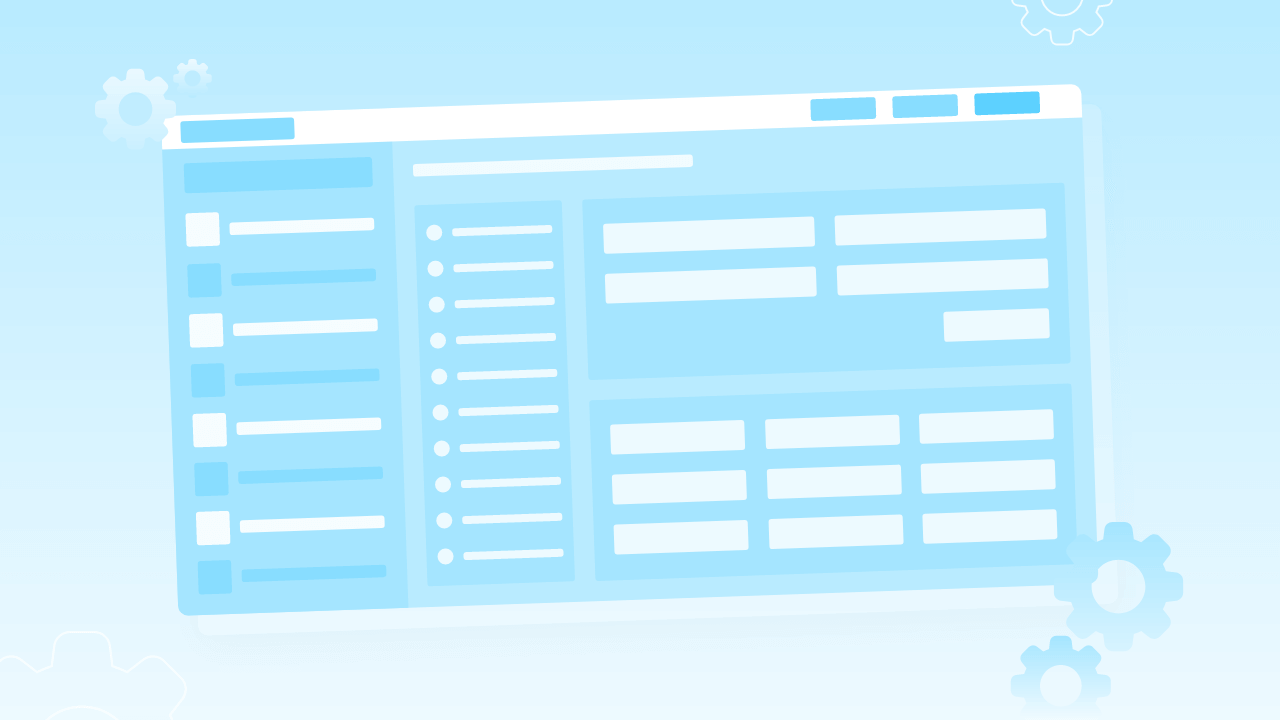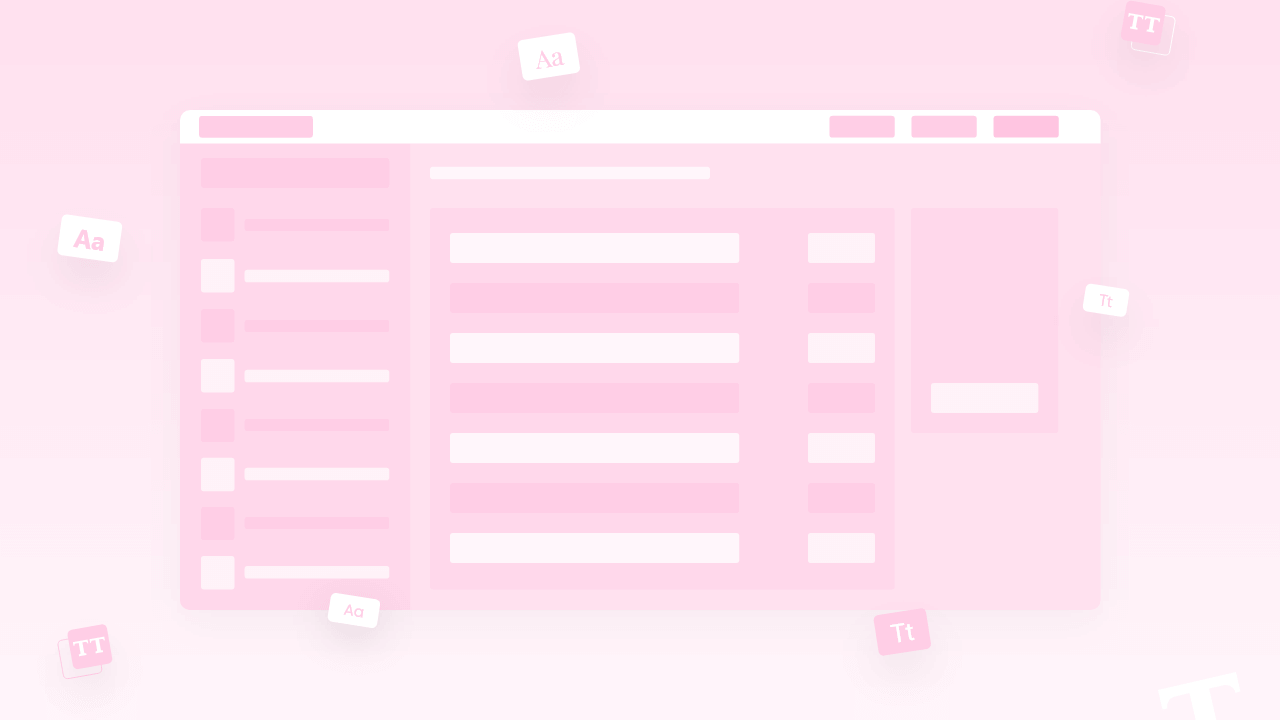In lesson three of the MakeStories dashboard Course, you will be going to learn about General settings and profile in MakeStories. You will understand how to manage Settings like general SEO settings, branding type biography, analytics, social media, and advertising set, etc in this lesson. This lesson will help you to learn how well you can easily share your webstories created in MakeStories on social media with just one click, also how you can set up your MakeStories profile in detail
Introduction
Hello, and welcome to lesson Number three of the MakeStories 101 dashboard course. In this lesson, we are going to take a look at the general settings.
The general settings will be present in the left menu. When you click over and you will see that there are various options, like general SEO settings, then branding typography, analytics, social media, and advertising set up. We'll see each of them in detail.
Before we proceed further, we would like to let you guys know that the left menu may change on a time-to-time basis while I'm recording this lesson. There might be some feature that is under development, and once it is launched, it may be added to the left menu.
If you see the left menu of the dashboard different from what you are seeing in this lesson, please don't panic. If you cannot find anything, or if you are confused, just reach out to us by clicking on the small bubble in the editor, and someone from us, we'll definitely help you off.
All about General SEO Settings in MakeStories
Let's begin with the general SEO settings. If you can see, the general settings are over here and these general settings are different for every different workspace.
If you are a publisher having multiple brands and you want to have different, general settings for different brands, you can create multiple workspaces. Inside the workspace, you can change the settings.
Remember workspace is a paid premium feature, and it does charge depending on the number of members that you will have. We have explained the workspaces in detail in our last lesson. If you are jumping bad at this lesson, you can go back and you can check it out.
Now we will click on general settings for the MakeStories workspace and you can see that the details over here are completely different from what we saw over there.
Also, if you are an individual creator and you have your own personal workspace, then also you can set up the general settings. Now what we will do is this, these general settings are already set.
Now we will go to the MakeStories university, which is a new workspace that we have created. We will just delete all of these stories for now. So we have a blank canvas.
We'll Just keep one story with us for a time being. For now, we'll go into the general settings and we will see each section in detail.
Now here you can see something called a general SEO setting. What is this? So to do that, let's do this, let's create a new story. We will just skip this story name categories part for now and we will click on publish as a web story.
I will go into meta-tags and SEO and we will select article. Here you can see, there are three options that are author type, author name, and publisher name. So we will go there in the general SEO settings. You can see the author type, which is a person or organization.
If you are writing a web story, you're creating a web story through your organization. Let's say, we want to keep it as MakeStories, so we can keep MakeStories.
Suppose if there is a publisher name, it will also be MakeStories.
Now Let's say, if we want to have a person as the author, you can change the author type to person and you can save the details. Now, we will just refresh this because this is an issue that you will face sometimes and you will think that you have already saved the general SEO settings, but they don't reflect here.
We will click on Meta tags and SEO and now you will expect these three fields including author name, publisher name, and publisher logo to be filled up, but they are not.
Let us clear one thing, and that is these general SEO settings will apply, or the stories that are created after saving general SEO settings.
All those stories created before setting up this entire SEO stuff. They won't have these details as of now, while we’re recording this lesson.
We are trying hard to make it possible, where we will give you an option to update the SEO settings and branding and all the things on your past stories, but for now, any story that is created after setting up these general settings, we will only have these settings reflected.
Now what we will do is we will create a new story again, the same as before. We will publish it as a web story. Go to number two, we will select the article over here.
Now you can see that an author type is a person. The author name is Pratik Ghela, which we just set and the publisher name is MakeStories.
Remember just writing it down, won't help you also have to click the save details button. If you want the story in your own language like Italian, German, Hindi, Russian, you can select one of these languages and if it is not available, then at this point of time, just assume that the AMP team has not yet opened the support for your language.
We will keep this as English for now, but if you want, you can change the language.
You can also change it while you create your story and you make it ready for publishing. More details about this four-step published will be covered in our lesson, which is regarding only the publishing.
What is branding in MakeStories?
Now the next set of things that we have over here is the branding.
The brand name really does not hold much significance. We will just write MakeStories for now. Here, there are two options when it's called brand logo and the second one is called brand favicon.
Let's try to understand what this is. If you check out the AMP F website over there, you have an option, which says publisher logo, SRC guidelines.
Here, it says that these guidelines are applied to the publisher logo image. These will appear when your story is showcased on Google search or on the visual story carousel.
Over there, it is preferred to have a square logo. If you have a logo, which is, like horizontal, rectangle logo. Make sure that you ask your branding guidelines guys to give you the square version of your local.
Next, similarly, if you check the makestories.io logo, so our logo is pretty much a rectangle. What we have done is we just have the symbol of our logo, which we are using as a brand logo. So now we will Select this and upload the brand logo.
Similarly, you can have the favicon same as your brand logo, industry is just for our reference. You can decide to opt-out if you want, and now these brand logos and favicons will be applied to the next stories, like all the stories which you create in the future, they will automatically be having the brand logo and favicon.
What we will do now is we will save these details and I will create another story. And over there I will click on publish as a web story.
You can see that the brand logo and brand favicon are now automatically pulled. The publisher name, which you set up over here, there's also pulled up in the publisher detail settings.
Typography in MakeStories
Now the next option that we have is all the typography. If you see big publishers like, most of the people do have, the typography setup.
Like they have a guideline where you can have your heading in a certain format, with a certain color, then you're heading to, might be a different font, and your paragraph text might be a different font.
So you can set this up over here with the help of the font tab. You don't have to, like keep on having the typography formatting done every time you add a new text or something like that.
Let's say if we’re running an agency and need my head my heading text to be in Montserrat. Let's say semi bold with the size of 25 and then the purple. Then our heading 2 is Oswald. We will just save this. We will also set our remaining heading 3 and paragraph thing with choice of your font, size, and color.
Now, we'll just go back to my stories and open one of the stories and click on view story. Now how can you add this? we will go into the text column on the left side. Over here, you can see that the typography that we set up in our typography section, they are reflecting.
Now when we click on heading one, it automatically has all the formatting that we set up over there in the general settings. This is all about typography.
Things to know about Analytics in MakeStories
Now let's come to analytics. So analytics is pretty straightforward. AMP stories support Google analytics, but Google analytics version three is supported if you will use version four for the Google analytics.
Remember it won't work in web stories. You need to explicitly select Google Analytics, version three, and then put in the tracking ID.
This tracking ID will be very simple and it will be UA- 91801920 -1 something, let's say, we’re just randomly adding some numbers and then I will save the details. Then we will create a new story.
Now when we click on publish as a web story and go into step four of analytics, you can see that the analytics ID that we did key in over there is now present in my set up analytics tab.
Similarly, you can set up Facebook pixel tracking. Let's say you are sending some users on your web story, and you want to retarget them on Facebook.
You can pick the pixel tracking ID from Facebook and you can input it over here.
Now, apart from Google analytics, if you are using any other analytics like comScore or Adobe analytics, and if that particular analytics provider is compatible with AMP, then you can definitely use those particular analytics over there in the web story.
To do that, what you will have to do is you will have to pull in the analytics code and then put it up over here, and then you can just save it.
We do not have any custom analytics right now, but if you do have, and if you have any questions on how to integrate them, just get in touch with us and we will help you.
Things to talk about Social Media and MakeStories
Now, the next thing that we have is called social media. Here you can see that there are two options called Facebook app ID and Twitter app ID. Now, why do you need them? Now? Let me show you something. Let us preview this particular story. Here you can see that we have a share button. So using this share button, you can share your web stories with the audience.
To enable the settings, we have to go inside settings, share providers. Let's say, I want Twitter, Facebook, WhatsApp messages, and LinkedIn to be activated.
We can refresh this. You can see that we have Twitter, Facebook, Whatsapp, and Email. But if you want to enable Twitter and Facebook sharing, then you need to have the Twitter app ID and the Facebook app ID.
Now you can get this from the Facebook developers account and a Twitter developer account. You just add in here in the social media tab and your Twitter and your Facebook sharing will definitely work.
What is the Twitter creator in MakeStories?
The Twitter creator is basically one of the fields from the publishing workflow that you will need in the meta-tags and SEO. If you select an article, you can see that the author's Twitter handle is @teammakestories, this is something that is being pulled from your social media settings. That's it about social media.
How to enable advertising set up in MakeStories?
The final thing that we have over here is the advertising setup. It is an amazing thing that you can actually start having or running ads on your web stories.
To do that you will need either an AdSense account or a double-click account, or if you have any other vendor who is supporting web stories ads, you can reach out to them and they will help you with the custom code.
Now, if you want to set up Google AdSense or Google ad manager or you have already set up and you have their details, all you will have to do is you will have to select Google AdSense.
Now when you select Google AdSense, it will ask you for the publisher ID. If you don't know how to get that, you will just have to click on this link that says find your AdSense publisher ID.
It will take you to the documentation officially from Google, where you will be guided on how you can get the AdSense account on how you can log into your AdSense account, and how you can generate an ad code.
From there, you will need two things, which are the publisher ID and slot ID. Detailed documentation can be found by clicking on the above-mentioned link.
The second option is the Google ad manager, which is also called DoubleClick sometimes. For that, you will need just a slot ID.
On top of that, if you have a custom ad server or you have or know someone who is providing you web stories ads, then you can click custom. You can get the ad code snippet from them, paste it here in the advertising script, then save the details.
So that's all about the general settings.
MakeStories Profile Set up
Now we will quickly take a look at the profile. So the profile is nothing, it's simple. You can change your profile picture. Let's say we want to change this to make stories, we can do that.
The second thing is that you can change your name. You can change your email address. You can change the editor language.
This is a great feature of MakeStories. You can actually have your MakeStories editor in eight different languages, which are English, Spanish, German, French, Italian, Portuguese, Russian, and we are also adding support for Japanese Dutch very soon.
Over here on the right side, you can change your password. So this is all pretty self-explanatory. You can save these changes and you can refresh.
Now you can see that the new profile picture has been updated over here. So that's it. That's all about the general settings and the profile in the MakeStories dashboard.
Thank you.






